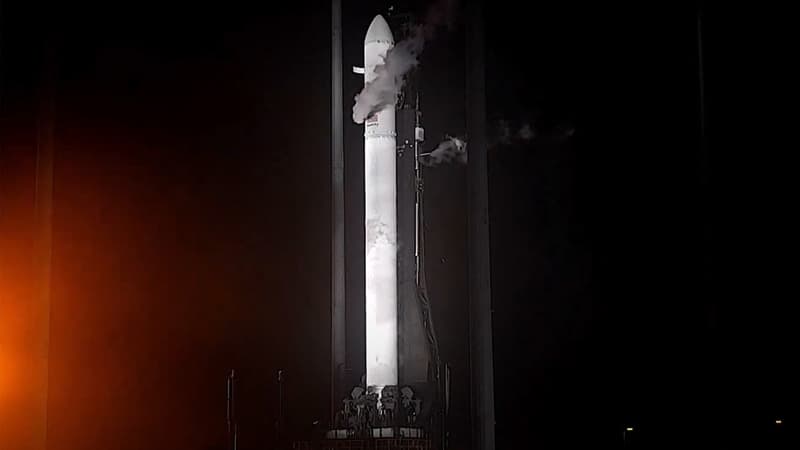The third attempt will not have been good. The first 3D-printed rocket lifted off on Wednesday from Cape Carnival, Florida in the United States, but was unable to reach orbit due to an “anomaly” during second stage separation, according to a live stream.
This third failure follows two previous tests canceled at the last minute due to technical problems on March 8 and then on March 11.
This mission, called “Good luck, have fun” (“Good luck, have fun,” in French), is highly scrutinized because 3D-printed rockets could represent a small revolution in the launch industry.
A rocket built in 60 days
The Terran 1 rocket, from California-based startup Relativity Space, was to collect data and demonstrate that a 3D-printed rocket could withstand the rigors of liftoff and spaceflight.
A total of 85% of the rocket’s mass was 3D printed, and the company is targeting 95% in the future. Main advantage of the technique: it greatly simplifies the manufacturing process and thereby reduces costs.
With its large 3D printing robots, the company claims to divide the number of parts by 100 compared to a traditional rocket. The speed of the method also stands out: 60 days, from the raw material to the finished product.
A test to send small satellites.
Its goal: to be able to place 1250 kg in low earth orbit (small satellites for example), which makes it a light launcher. But this first flight contains no payload.
The rocket should have reached, 80 seconds after takeoff, the point where the aerodynamic force exerted on the machine is maximum (max Q, in the jargon). This is the crucial stage of the flight, according to the young head of Relativity Space.
“We have already tested on the ground what we hope to test in flight: that when the dynamic pressure and stress in the vehicle are at their highest, 3D printed structures can withstand these forces,” Tim Ellis tweeted in early March.
An innovative fuel
After the separation of the first stage from the rocket, the second should have continued on its way to reach Earth orbit – 8 minutes after liftoff.
Achieving this step on the first flight would have been “unprecedented,” Tim Ellis said.
In fact, the rocket uses metalox as fuel, a mixture of liquid oxygen and liquefied natural gas (essentially methane). If it had managed to reach orbit, it would be the first rocket using this fuel to do so.
The number of satellites launched has gone from about 120 in 2012 to more than 2,700 in 2022, according to the specialized company Euroconsult.
Source: BFM TV


